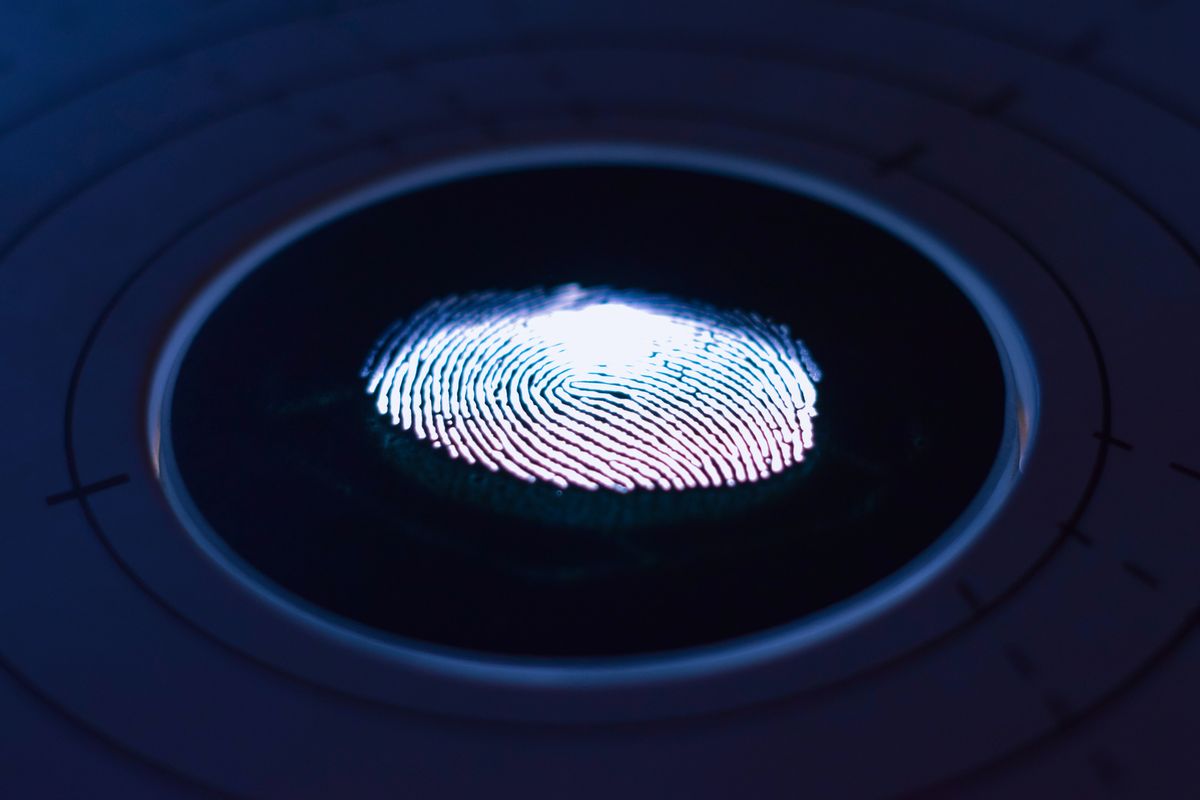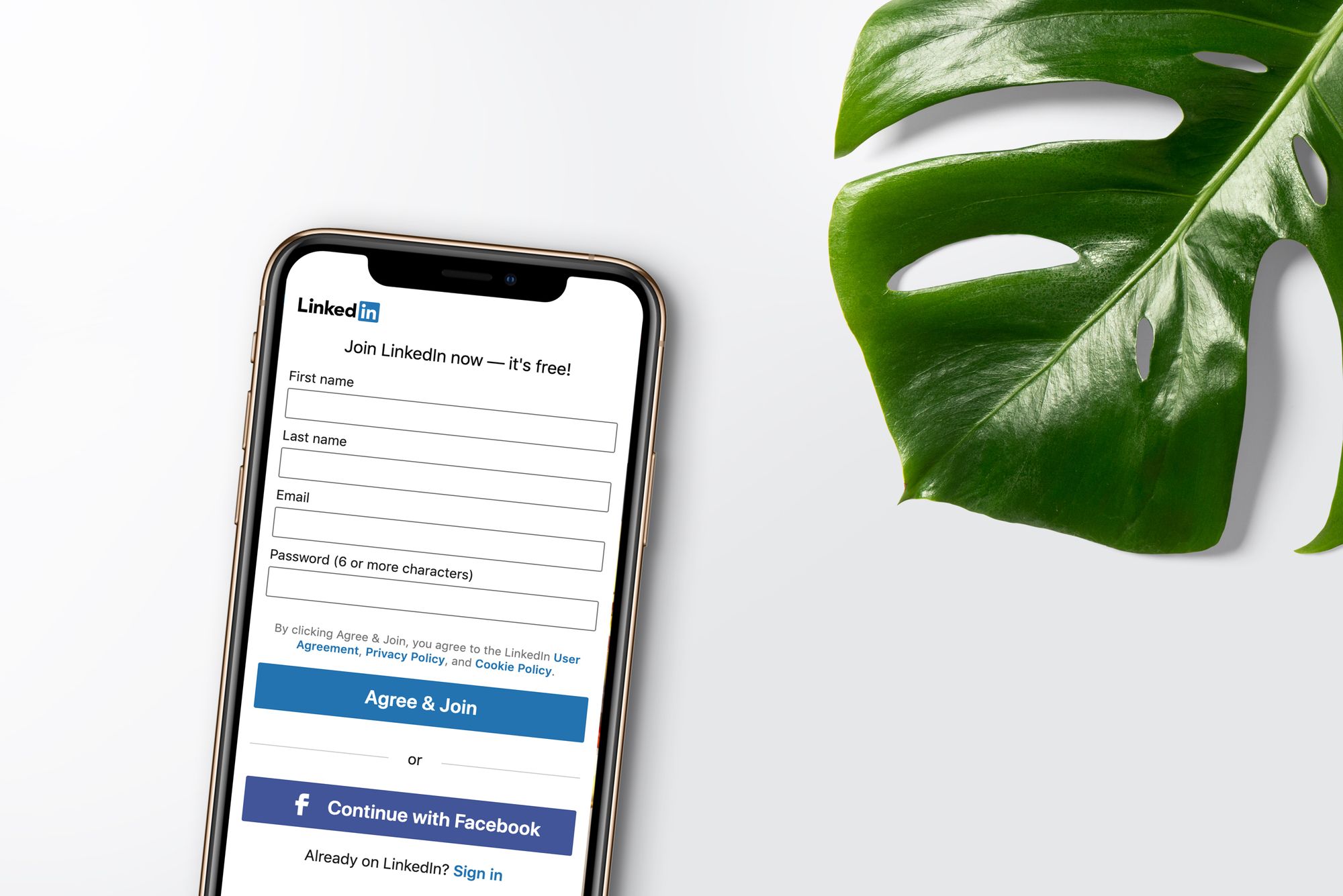Digital Identity
The next breakthrough in blockchain technology is one piece of a larger creation. Decentralized identity must first be received by many to give way to a decentralized Internet for all.

Your Internet profile
When you think about a digital ID what comes to mind? A digital version of your physical ID? Login and password? Google Sign In? It's actually so much more!
Our potential in a digital world has been caged by the likes of 'Sign in with Google' and 'Continue with Facebook'.

None of us enjoy managing countless logins, and did you know that on average we also have 70-80 passwords? With the advent of seamless cross application login through Google, Facebook, and others it put us at ease with this reality.
Ah, this is great! But is it?
Rather than empowering ourselves we simply gave up more control to these centralized entities. By going down this path we've decided to not solve the issue of multiple conflicting identities across applications, but instead put ourselves at ease just enough to not consider an alternative.
I am here to tell you there is a better way.
Introducing DID
Decentralized Identifiers (DIDs) are the starting point to begin taking back control of our online identity. This new technology allows us the opportunity to finally start building an online persona that we own. DIDs are identifiers, such as usernames, that are self-owned, independent and use blockchain technology to secure your privacy.
Today our identities hold more data than ever before, but unfortunately for us all, we do not own it - this is a problem.
Data > Oil
Let's take a step back and understand why we reached this point. It is not in the interest of businesses to give up control of your digital identity. At the very moment it was realized software could be provided for 'free' and profit off user data there was no turning back.
At a very basic level applications want to control your contact information to sell you something (check your email inbox). But, on a much more critical level social network platforms are harvesting your data to modify your behavior. You must realize that if an application is free you might be the product.
Building your identity
Ok, so having a DID as your universal login is cool, now what?
Next, you'll begin to understand the potential of digital identity and how this new technology is not developed by only one team, or project, but rather by many of the brightest in the world. Through the w3c there are many teams working together with a joint mission to lead the World Wide Web to its full potential.
At Tuum Technologies our mission and contribution to the world is developing self-owned identities that aid in blending online and physical realities to benefit all of humanity.
Advancements in this area being built in parallel across the digital identity space will expedite the expansion of products using decentralized identifiers and empower users to create a better digital world.
Verifiable Credentials
Online anyone can be anybody - who is to say otherwise? You see users on Twitter with high follower counts and anonymous profiles, or entire teams on LinkedIn that do not exist. This foundation of allowing users to create countless profiles across multiple applications with no verification leaves us stuck in a fantasy world.
There will always be a place on the Internet for anonymous users and unverified interactions, but the issue today is we have no clear representation between what is real and what is fake. This transition back to reality begins by adding verified attributes to your DID such as Name, Email, Employer, Education, Experience, and more creating genuine connections.
With Know Your Customer (KYC) and verification processes readily available today it is merely a matter of building bridges between validators and your DID to finally own your verified digital identity.
Using your identity
Now we know the ability to create a DID is here, and the freedom to grow your digital identity on top of your DID is near.
So, there really is no excuse why you shouldn't start testing the waters on this new technology and at the very least build out a basic profile. Then, in the very near future, you'll be in a position to take advantage of all the new and exciting use cases for your new digital identity.
Login with DID
The first, and easiest, use of your new DID will be cross application login. As more websites and mobile applications begin integrating DID authentication you will have the ability to bring your digital identity with you wherever you go online. It's as simple as what you are familiar with today for 'Sign in with Google' and 'Continue with Facebook' - but everywhere.
Reality check
The power of trust verified by blockchain technology, paired with verified credentials, will lead us into a world of 100% accurate personal data. Take for example these items so critical to our lives, but exist in an antiquated state:
- Birth Certificate
- Resume
- Passport
- License
- Voting
By controlling YOUR digital ID you now have the ability to assign each and every one of these records to your DID and have them verified for future use. And the best part? With having complete control you decide what information is shared, with who, and at what time.
No longer are the days where you sign into a new platform, fill out all your requested personal information, and leave wondering if they will keep it safe and use it as promised. You simply login with your DID, select what information you want to share with them, and shut it off AT ANY TIME.
Give it a try
The benefits of owning and controlling your first digital identity are obvious. All pieces of the puzzle may not be available today, but I can tell you they are being built. So, it's up to us to give this new technology a try.
Then, with enough users, and strength in numbers, it will become inevitable that applications begin asking for your approval to use your data. We'll finally affirm the idea of 'own your own data' as a reality.
Follow me @DonaldBullers and @TuumTech on Twitter, and stick around as we use this new technology to grow your digital identity.